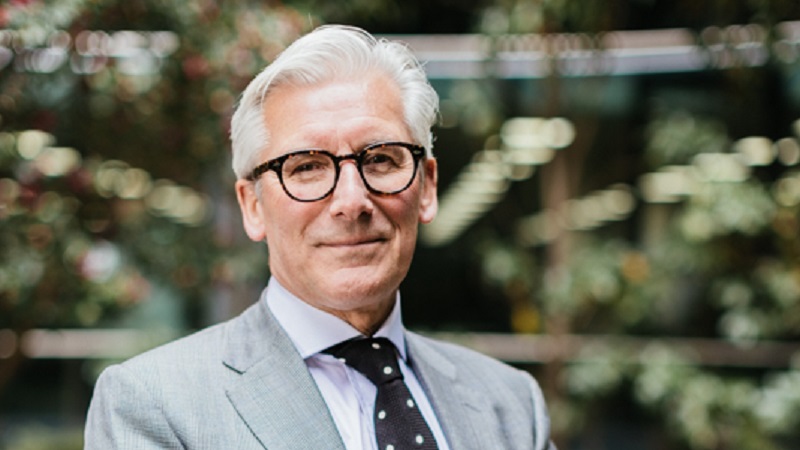Like the English cricket team in Australia, 2013 represented something of a whitewash in performance for small caps over their blue chip peers – total returns from the FTSE Small Cap (ex IT) index registered 44% in the year, versus 19% from the FTSE 100. The FTSE 250 meanwhile delivered 35%.
That trend continued into the early part of this year, though before we start heralding another David and Goliath story, it is worth putting in to perspective where we stand with our expectations for the year ahead.
Gary Potter, co-head of multi-manager at F&C Investments, favours a multi-cap stockpicking approach in his fund selection with managers that are “valuation sensitive, not valuation ignorant”.
Given the phenomenal run from small caps last year, he warns fund selectors to take a “healthy dose of reality” about the funds though “at the margin if M&A activity kicks in, some of these businesses are still in a good place”.
An even fight
“Large caps will do better relative to small caps than they did last year; it will certainly be a more even fight this year,” he adds.
Interestingly, UK funds from boutiques such as Majedie and JO Hambro have upped their exposure to large caps in recent months.
James Lowen, co-manager of JO Hambro UK Equity Income, explains how his allocation to large caps has been increasing since September 2012 and has now reached a four and a half year high at 62% of the portfolio.
“We’ve added things like Lloyds Bank, GlencoreXstrata, Rio Tinto and last year we were consistently adding to mega caps BP, Royal Dutch Shell, Vodafone and GlaxoSmithKline,” he explains.
“It all comes down to valuation. Four years ago, the mid cap stocks looked very cheap on normalised earnings but have moved on, while the large cap names haven’t really moved forward in an absolute or relative valuation sense over that period so they look a lot more attractive – BP and Royal Dutch Shell are on a PE of 6-7x, HSBC on 11x.”
Alex Wright, the new manager of Fidelity Special Situations Fund has also been vocal on the topic with the FTSE 250 and FTSE Small Cap indices trading at premiums to their 15-year price to earnings multiple averages.
“Of course, with well over 1,000 companies in the mid and small cap investment universe, there are still disliked companies out there which fulfil my investment criteria of having limited downside and unrecognised growth options,” he says.
Turning over stones
“With average share prices having risen strongly, it is now a matter of finding the ones that have been unfairly left behind. The good ideas are still out there, we just need to turn over a few more stones to find them.”
So with the global economic recovery seemingly in full flow – and the S&P 500 and the Dax both breaching record highs – what was it actually that held back the FTSE 100 last year?
For Potter, it is largely because the materials and mining sectors – a dominant part of the FTSE 100 – were the two worst performing sectors.
He concludes: “If one believes in global synchronised recovery which therefore supports mining and basic materials stocks at these low levels, one can foresee a situation where things get better, the economy is doing well, M&A kicks and pension funds will probably be net buyers of equity at the margin.
“That could conspire to push the market through 7,000 and we should expect to see that sometime this year.”
However, Lowen and Potter are both in agreement that one area of the market, defensives, still looks too expensive and is best avoided.
Adds Lowen: “People say we are underweight the FTSE 100, but that is represented by 10 stocks, but they are the defensives. The two tobacco companies, Diageo, Unilever, Reckitt Benckiser, SABMiller, if you add all those together then that is our underweight and that area of the market is still the most expensive part with most of the PEs at 18-20x, whereas we like to be in 10-12x or lower.”










